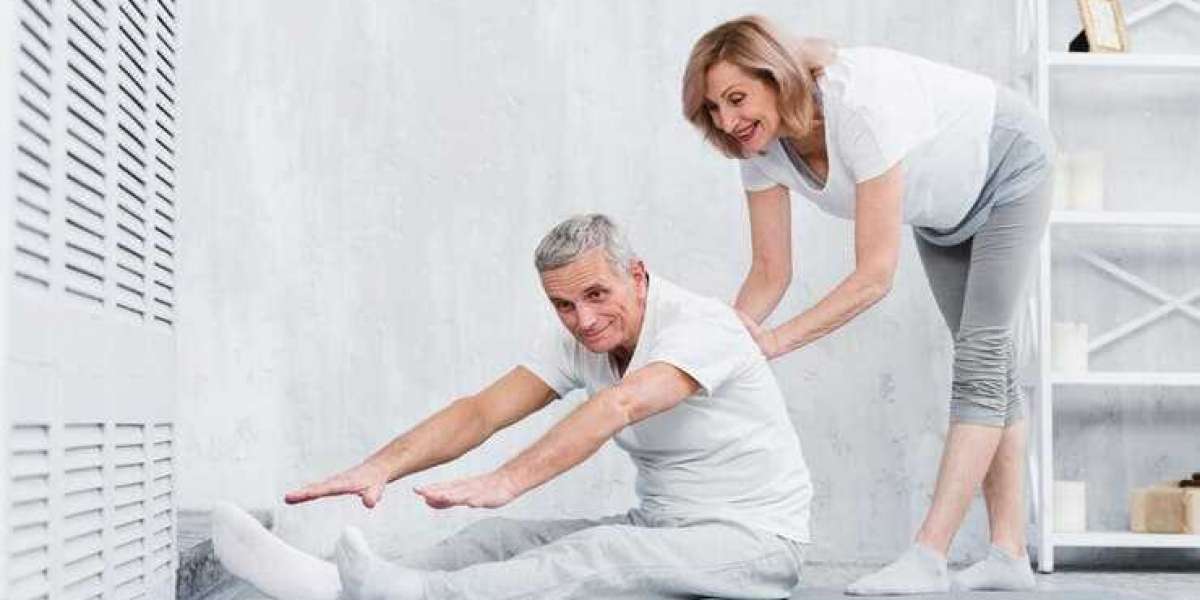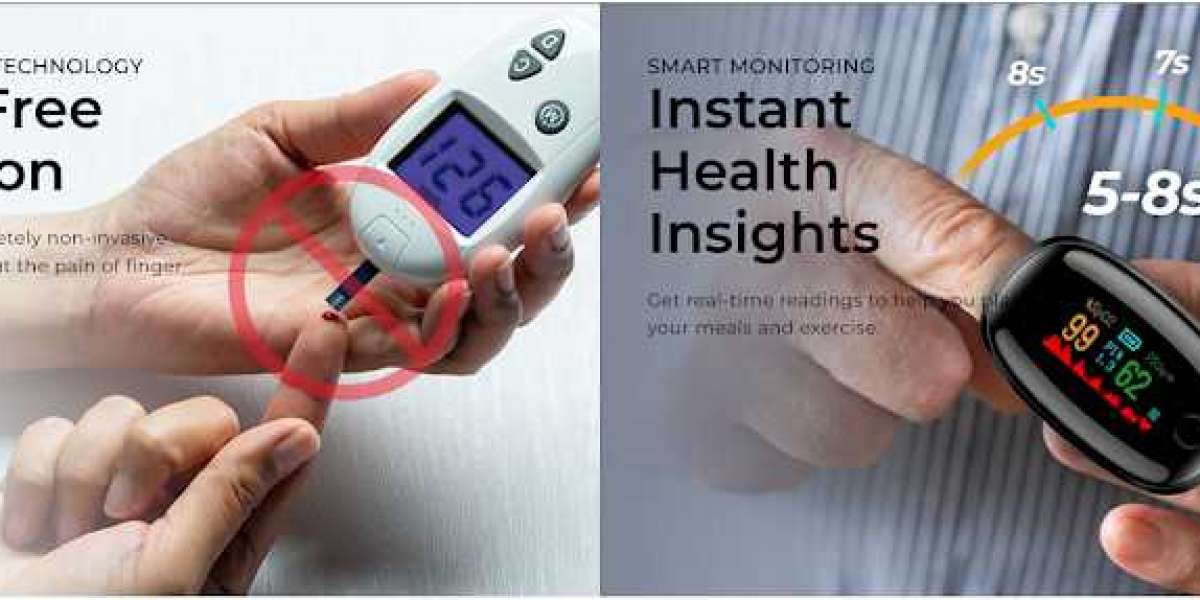In the world of fitness and recovery, athletes and enthusiasts alike are constantly seeking methods to enhance performance and expedite healing after intense workouts. One technique that has gained significant traction is contrast therapy, an approach that alternates between hot and cold treatments. This article explores how contrast therapy after workout sessions can facilitate faster muscle recovery, reduce soreness, and improve overall performance.
Understanding Contrast Therapy
Contrast therapy involves alternating between hot and cold temperatures to stimulate physiological responses that aid in recovery. This technique can be applied using various methods, including hot baths, cold packs, ice baths, and heated compresses. The principle behind contrast therapy is based on the body’s natural response to temperature changes, which can help enhance circulation, reduce inflammation, and promote healing.
The Science Behind Temperature Changes
When the body is exposed to heat, several physiological responses occur:
Vasodilation: Heat causes blood vessels to widen, increasing blood flow to the muscles. This enhanced circulation brings oxygen and nutrients to the tissues, promoting healing.
Muscle Relaxation: The warmth helps to relax tight muscles, alleviating tension and discomfort. This is particularly beneficial for muscles that have been stressed during exercise.
Pain Relief: Heat can stimulate the release of endorphins, the body’s natural painkillers, providing a soothing effect.
In contrast, cold exposure triggers different responses:
Vasoconstriction: Cold causes blood vessels to narrow, reducing blood flow to the area. This helps to decrease swelling and inflammation that can result from intense exercise.
Numbing Effect: Cold provides a numbing sensation that can alleviate acute pain, making it effective for managing soreness.
Reduced Metabolic Rate: Cold exposure can lower the metabolic rate of cells in the affected area, slowing down processes that lead to inflammation.
By alternating between these two temperatures, contrast therapy utilizes the benefits of both heat and cold, creating a pumping action that enhances blood flow and promotes recovery.
Benefits of Contrast Therapy After Workout
1. Accelerated Muscle Recovery
One of the primary advantages of using contrast therapy after workout sessions is its ability to accelerate muscle recovery. The alternating hot and cold treatments stimulate blood flow, which enhances the delivery of nutrients and oxygen to damaged tissues. This process helps to repair microtears in muscles caused by strenuous exercise, facilitating faster healing.
2. Reduced Muscle Soreness
Delayed Onset Muscle Soreness (DOMS) is a common experience for many after intense workouts. Contrast therapy can effectively reduce the severity of DOMS by minimizing inflammation and flushing out metabolic waste products, such as lactic acid, that accumulate during exercise. The soothing effects of heat followed by the numbing effects of cold can provide immediate relief from soreness.
3. Enhanced Range of Motion
Regular application of contrast therapy can improve flexibility and increase the range of motion in muscles and joints. Heat relaxes the muscles, making it easier to stretch and move, while cold reduces swelling that may hinder mobility. This is particularly beneficial for athletes looking to maintain performance levels and prevent injuries.
4. Improved Circulation
Contrast therapy is an excellent way to boost circulation. The alternating temperatures stimulate the circulatory system, promoting better blood flow throughout the body. Enhanced circulation helps to deliver essential nutrients to muscles and remove waste products, contributing to overall recovery and performance.
5. Stress Relief and Relaxation
In addition to its physical benefits, contrast therapy can also provide mental relaxation. The soothing effects of heat combined with the invigorating sensations of cold can enhance overall well-being. Many athletes report feeling rejuvenated and less stressed after a contrast therapy session, which can contribute to better performance in future workouts.
How to Implement Contrast Therapy After Workout
Incorporating contrast therapy into a post-workout routine is straightforward and can be done with minimal equipment. Here’s a step-by-step guide to effectively performing contrast therapy:
Step 1: Gather Your Supplies
You will need:
- A bathtub, two large containers, or a shower
- Hot water (between 100°F to 110°F or 37°C to 43°C)
- Cold water (around 50°F to 60°F or 10°C to 15°C)
- Towels
Step 2: Prepare the Water
- Hot Water: Fill one container or half of the bathtub with hot water. Ensure it is comfortably warm but not scalding.
- Cold Water: Fill the second container or the other half of the bathtub with cold water. You can add ice to achieve the desired temperature.
Step 3: Start with Hot Water
Immerse the affected area or your entire body in hot water for about 3 to 5 minutes. This initial exposure helps to promote relaxation and increase blood flow to the muscles.
Step 4: Switch to Cold Water
After the hot immersion, quickly switch to cold water for 30 seconds to 1 minute. This sudden change stimulates circulation and helps to reduce swelling.
Step 5: Repeat the Cycle
Repeat the hot and cold cycles for a total of 3 to 5 rounds, ending with cold water to maximize the benefits.
Step 6: Dry and Rest
After completing the cycles, dry off and allow your body to rest. Staying warm after the treatment can help maintain the benefits of contrast therapy.
Safety Considerations
While contrast therapy is generally safe, there are some important considerations to keep in mind:
1. Consult a Healthcare Professional
If you have underlying health conditions, such as cardiovascular issues or diabetes, consult a healthcare professional before starting contrast therapy. They can help determine if this practice is suitable for you.
2. Monitor Water Temperature
Always check the temperatures of both the hot and cold water to avoid burns or discomfort. Use a thermometer to measure accurately if you are unsure.
3. Limit Exposure Time
Avoid prolonged exposure to either temperature. Stick to the recommended times to prevent adverse effects, such as overheating or hypothermia.
4. Listen to Your Body
Pay attention to how your body responds during contrast therapy. If you experience excessive discomfort or pain, it’s essential to adjust the duration or temperature accordingly.
Who Can Benefit from Contrast Therapy?
Contrast therapy after workout sessions can benefit a wide range of individuals, including:
- Athletes: To expedite recovery after workouts and reduce muscle soreness.
- Fitness Enthusiasts: To alleviate discomfort associated with intense training sessions.
- Individuals with Chronic Pain: To manage conditions like arthritis or fibromyalgia.
- Rehabilitation Patients: To aid in recovery from injuries and surgeries.
- Anyone Seeking Relaxation: To reduce stress and promote overall well-being.
Conclusion
Contrast therapy after workout sessions offers a natural and effective method for enhancing muscle recovery and reducing inflammation. By alternating between hot and cold temperatures, individuals can experience improved circulation, reduced soreness, and enhanced flexibility. This simple yet powerful technique can easily be incorporated into a post-workout routine, providing significant benefits for both physical and mental well-being.
For those ready to explore the advantages of contrast therapy, Prime Recovery is the perfect place to start. Discover how this innovative technique can transform your recovery process and elevate your fitness journey today!







